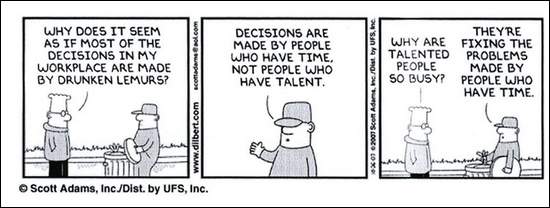Gifting options that allow the receiver to exercise the option of choice reduce the risk of upsetting a colleague or an employee with the wrong gift
Many companies consider gifting an essential part of the organisation’s cultural fabric. New-employee forms in several organisations include details about the employee’s date of birth, anniversaries, and other personal information that have no direct relevance to the role, job profile, or employment offer. Beside record-keeping purposes, organisations typically use this information to broadcast and recognise small and large personal landmarks of employees through gifting initiatives.
Workplace gifting has become an integral part of engagement strategies in many organisations. While varied in nature and form, behavioural studies reveal that workplace gifts lead to sudden positive spikes in an employee’s engagement and motivation levels for a limited period of time. While a numerical correlation between the nature of a gift and the consequent positive spurt in engagement is yet to be established, gifting between organisations and employees and between colleagues continues to be an integral part of organisational culture in most companies.
What constitutes the right gift?
While gifts at the workplace can drive positive motivation, empirical evidence also suggests that wrong gifts can result in adverse effects. Gifts can go terribly wrong! What works as a good gift for one individual can have the exact reverse effect on another. When Pratiksha Mishra, a customer-care executive in a global financial firm, received a musk perfume on her birthday from a male colleague, she was visibly upset. She interpreted the gesture as a crude remark on her personal hygiene. And all her colleague was doing was replicating the success of a gifting experience with another male colleague a few months ago.
Mr. Joshi, who is the General Manager at an international manufacturing firm, had to trash the “Diwali Gift” that his organisation sent him—a box of sweet biscuits. He is a diabetic and his wife would be terribly upset if she suspects that Mr. Joshi helps himself to sugar-based snacks during work.
The headache of collaboration
Added to that, it is often noticed that community gifting at the workplace becomes a Herculean task of management and collaboration. Soliciting individual contributions within a specified timeline and collaboration involved in arriving upon a mutually agreeable gift idea actually becomes a logistical nightmare for the individual who is tasked with it. The task gains an added layer of complexity when there is a cross-geography team involved.
Offer choice, do not impose
Behavioural scientists comment that the spectrum of “safe gifts” that can be based purely on gender, demographics, or age is rather small. While most rely on the above approximations, it is very hard to predict how person attributes value against a particular gift that s/he receives.
There has been an increasing trend of providing gift cards as a safe alternative for employee gifting. Gift cards offer an employee the choice to utilize the value according to his/her own discretion. Organisations and employees have many gifting options to choose from in this space. Some of the most popular ones are mentioned below.
Visa incentive card: This is a co-branded Visa card that a company loads with money and uses as part of the total rewards or employee incentive strategy.
Banking gift cards: This is a gift card that banks offer for enterprise employees and preloaded with a specific amount of money. An organisation typically uses these cards as a gift during festivals and special occasions. These cards usually carry the option for the user to load more money for later use.
Bitgifting: This is a virtual card offered by the incentive service company, Bitgifting. This is a virtual platform where colleagues and the employer can create gifting events for an individual where people can seamlessly contribute online. This eliminates the need for collaboration and scheduling and the contributions can be directly claimed in equivalent money terms by the receiver. The platform also allows contributors to leave a message to the recipient, thereby making the gifting experience long-lasting.
Yiftee: Although only available in the US at this point, this is a mobile application that allows users to send credits to a colleague that s/he can claim from the nearest Yiftee supported merchant. This application is supported with GPS and hence, geography-agnostic.
The process of gifting a colleague is always a tricky affair, as it entails a great amount of personal, demographic, and psychological estimations. It appears that an individual or an organisation can greatly reduce the risks associated with workplace gifting by offering the receiver the option of choice.
